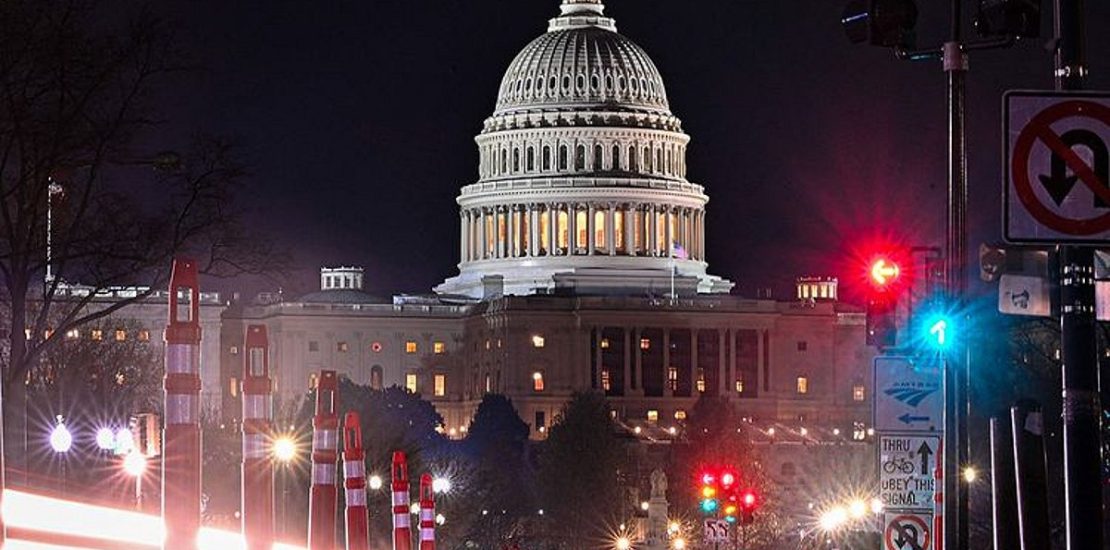- October 1, 2025
- Posted by: Regent Harbor Team
- Category: Global Economy

markdown
Contents
What Transpires During a US Shutdown
Ah, the American shutdown—an event that doesn’t quite bring the colossal machine to a halt. Essential operations such as the military, Social Security, and law enforcement continue unabated. However, those deemed “non-essential” are subjected to furloughs. Essentially, they must remain at home without pay. Others, mind you, work without salaries until Congress gets its act together with the budget.
The impact isn’t immediate but grows each week. Economists predict about a 0.1% dip in US quarterly economic growth every shutdown week. For instance, the 35-day shutdown in 2018-19—the longest in history—shaved off approximately 0.4% of output. When workers return and receive back pay, much of that loss is recuperated.
Current Concerns: Why Worry Now?
This particular showdown has garnered more attention, chiefly due to timing. The US economy, already under stress, doesn’t need more complications. Warning signs are quite evident:
- Job creation has seen a stark decline.
- Inflation figures remain persistently high.
- Consumer confidence is notably shaky.
Moreover, a shutdown halts crucial data releases like the monthly jobs report. Why is this important? The Federal Reserve relies on this data to adjust interest rates. In its absence, the Fed would be making conjectures during a time when balancing inflation and a weakening labour market is crucial.
Ripple Effects on Global Markets
The US dollar and Treasury bonds serve as global benchmarks, anchoring oil pricing and borrowing costs in emerging markets. While both have shown stability in past shutdowns, one can’t rule out short-lived volatility.
Potential Consequences:
- Oil: A weaker dollar might elevate crude prices. For oil exporters like the UAE, this is a double-edged sword—higher revenue but potential increases in global inflation.
- Markets: Investors could briefly flock to “safe havens” such as gold. Historically, equities haven’t been overly affected by shutdowns.
- Credit Rating: Though a shutdown isn’t a default, rating agencies have issued warnings about America’s fiscal standing. A downgrade could unsettle global markets.
- Confidence: The main worry is psychological. Global loss of faith in Washington’s governance casts doubts on the world’s largest economy.
Why This Matters to UAE Readers
The engagement is as direct as you like.
- Oil, the UAE’s primary export, is priced in dollars. Fluctuating currency values play havoc with revenue and budget forecasts.
- Market sentiments in Dubai and Abu Dhabi are intricately linked to those in New York. A major sell-off in the US often echoes through the Gulf.
- The UAE dirham’s peg to the dollar means any shift in US monetary policy affects local interest rates.
Thus, while a shutdown might not collapse the global economy, it can certainly create turbulence at a precarious time.
The Likelihood of a Shutdown
Now, are these shutdowns rare occurrences? Not at all. Since 1977, America has seen 20 shutdowns. The average duration is a smidge over a week. Typically, lawmakers manage to patch things up.
However, politics today are more polarised than a compass. Should the stalemate extend, risks inevitably increase. Currently, most analysts predict limited economic damage unless this shutdown reaches record lengths.
Justin Varghese brings over a decade of expertise to the table as a business journalist and personal finance author. With a mission to simplify complex financial topics, Justin ensures they’re relatable and relevant, guiding everyday readers through the tangled web of today’s economy.
Before reconnecting with his Middle Eastern heritage, Justin served as a Business Correspondent at Reuters, covering equities and economic trends across the Middle East and Asia-Pacific regions.
